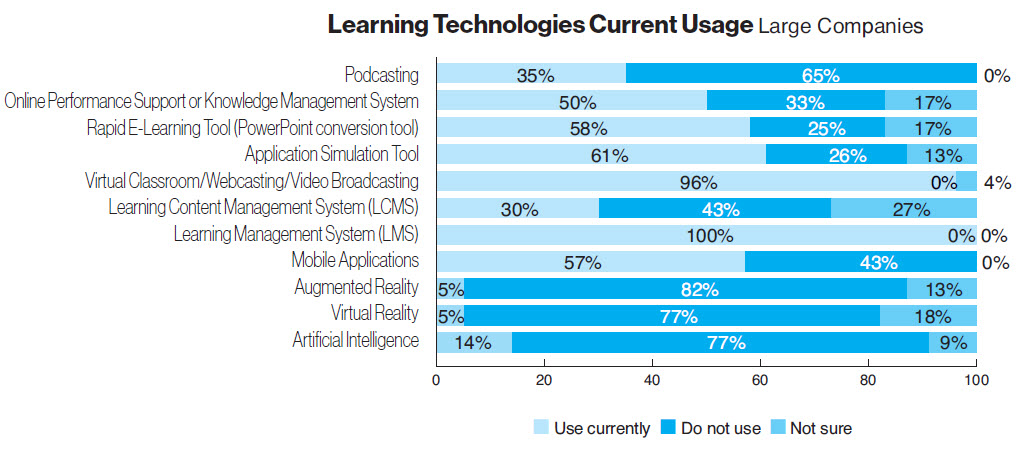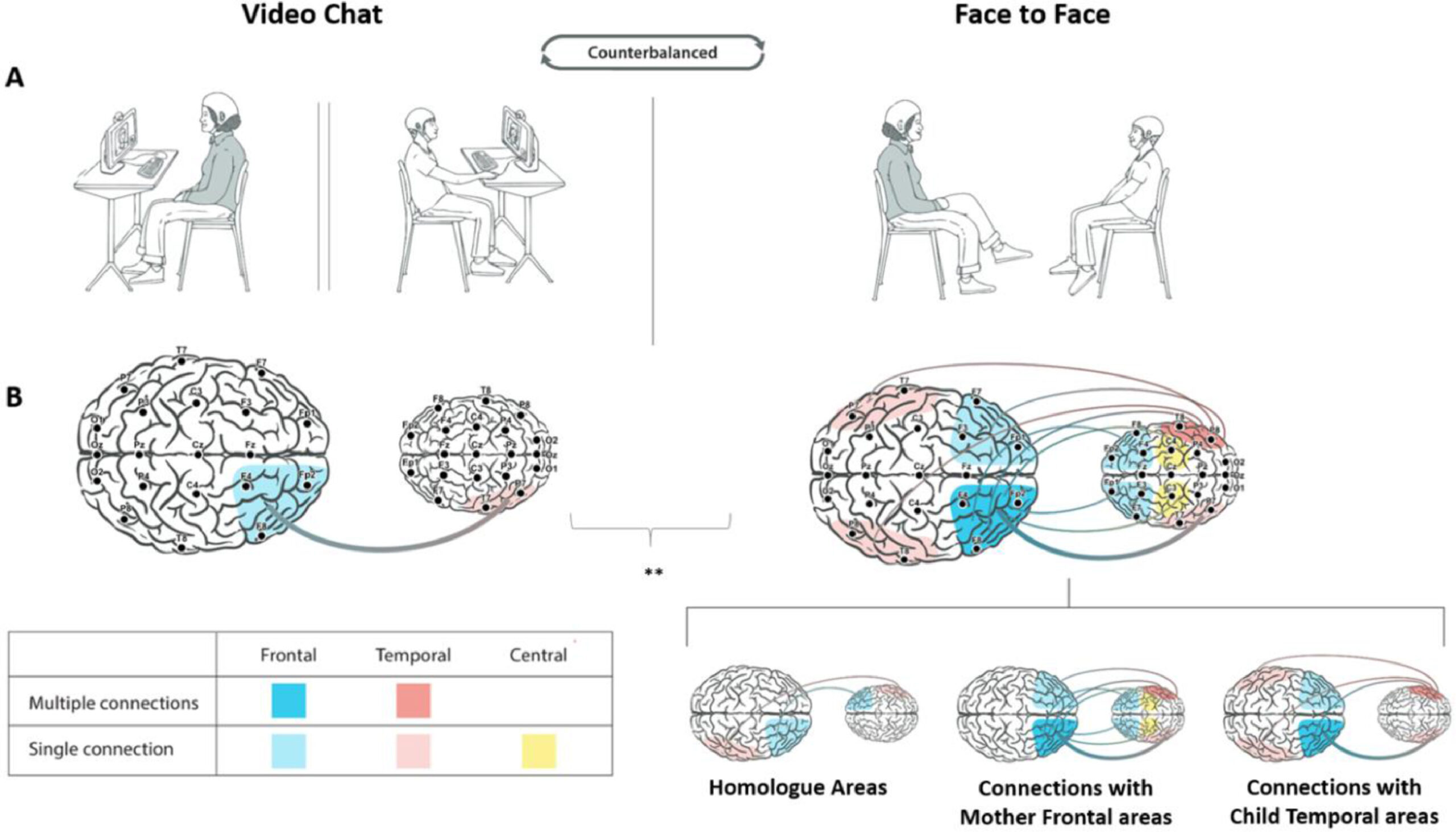
Enabling Teams in the Face of “Zoom Fatigue”

Enabling Teams in the Face of “Zoom Fatigue”
Imagine a revenue enablement leader, tasked with rolling out a new product as part of the Go-To-Market (GTM) strategy. This enablement leader must fight for the team’s time, between customer meetings, prospecting calls, internal meetings about customers, internal one-on-one’s, team meetings and who knows what else. There’s just one more thing, all of those meetings the team is having, happen to be over Zoom since they are working remotely. Imagine an entire day, of back-to-back meetings, in front of the screen, and actually caring about a new GTM product “training?” Unfortunately that’s the situation many employees and organizations face, and revenue teams in particular need to proactively address Zoom Fatigue in order to effectively deliver effective training and enablement programs.
Since the pandemic’s onset, video communications through tools such as Zoom skyrocketed (Fauville et al., 2021). As Americans were locked down in their homes, they resorted to tools such as video communication to get their jobs done and communicate with friends and family. Many companies have continued to operate remotely or in a hybrid environment and have plans to do so well into 2030 (Ice & Rieley, 2022). While video meetings weren’t invented during the pandemic, they certainly have become the norm.
In a 2022 training industry study, 47% of organizations surveyed will maintain some remote learning instituted during the pandemic, and only eight percent will return to pre-pandemic classroom norms (Freifeld, 2022). The training industry reached a budget of over 100 billion dollars in the US for the first time, the majority of which is designated for technology, 39% being LMS systems (Freifeld, 2022). Large companies primarily rely on videoconferencing (or webcasting) to conduct their training and LMS systems; however, they are experimenting in other areas, as shown in Figure 1.
Figure 1
Learning Technologies Current Usage

The Enablement Problem
The problem is that companies conduct corporate training and enablement programs in a post-pandemic environment primarily online through tool videoconferencing tools such as Zoom. Many companies have continued a remote or hybrid model post-pandemic and plan to continue this approach well into 2030 (Ice & Rieley, 2022). Organizations have integrated videoconferencing as an alternative to in-person meetings, which has continued after the pandemic, as evidenced by platforms such as Zoom, which have grown 30 times and host over 300 million meetings daily (Fauville et al., 2021). As a result, virtual training through videoconferencing is less effective due to “Zoom Fatigue” and other factors. The good news is that larger companies recognize a need for better tools and ways to engage their employees regarding training as dictated by their sizable budget (Freifeld, 2022). Companies have to find ways to overcome the ongoing battle with “Zoom Fatigue” in the face of the general preference for companies to conduct such training online.
Zoom Fatigue
“Zoom fatigue or videoconferencing fatigue refers to the extent to which people experience exhaustion that is directly linked to their participation in videoconferences” (Luebstorf et al., 2023, p. 151). Employees spend 11 to 15 hours a week in “meetings,” most of which are virtual through platforms such as Zoom; based on the research, they are experiencing Zoom fatigue (Luebstorf et al., 2023). Imagine squeezing in “training” between an already demanding virtual meeting schedule.
It’s no secret that employees loathe having more meetings; research reveals that the number of meetings directly affects employee well-being in a face-to-face situation (Luebstorf et al., 2023). Fatigue originates from physical exhaustion, but when applied to mental or psychological aspects, it’s the idea of a repeated task; virtual meeting fatigue includes an additional layer of psychological and physical stressors (Luebstorf et al., 2023). The already dreaded meeting now becomes exacerbated when conducted virtually. Training activities lumped into a sea of meetings are only doomed for failure.
Employees Suffer and so will Revenue
Employees at all levels of remote-based organizations will need more effective enablement. Additionally, the company and ultimately revenue will suffer as one can imagine there will be impacts on employee performance, employee retention, customer satisfaction, and possibly hundreds of other challenges. Unlike in-person meetings, virtual meetings can often be poorly organized, spontaneous, without an agenda, and run poorly (Luebstorf et al., 2023). Not only is Zoom Fatigue physiological and psychological, but it’s also neurological.
It’s essential to understand the causes of Zoom Fatigue to understand how they may impact an employee and, ultimately, company results. Zoom Fatigue is driven by four main factors, according to Fauville et al. (2021) which are:
1. Participants experience heightened psychological stress due to extended periods of directly staring at a person on a screen. Additionally, people with public speaking anxiety are increasingly stressed because it appears as if all the participants are staring at them.
2. The increased complexity of sending nonverbal cues through a video conference creates additional cognitive resources and the need to exaggerate gestures on video. It can be exacerbated by trouble with audio and video transmissions.
3. Video conferencing can be compared to staring into a mirror which can lead to self-evaluation, anxiety, and self-consciousness and have an even greater impact on women.
4. Motion is limited on video-conferencing due to the confines of the screen and camera, yet is an essential part of the creative and learning process.
The bottom line is that extended video conferencing leads to Zoom Fatigue and has a multi-faceted, negative effect on those required to participate in these elongated online meetings. According to Fauville et al. (2021), video conferencing includes “ long stretches of direct eye gaze and faces that appear larger on the screen, thus mimicking a proximity that would be avoided in a face-to-face situation” (p. 3). In face-to-face interactions, there are choices as to where one’s eyes gaze as one can look at the floor, desk, other people, etc. (Fauville et al., 2021).
A recent study suggests that the human brain can’t engage the same way through video as it can with face-to-face interaction (Schwartz et al., 2022).
Figure 2
Brain Activity Comparison

One doesn’t have to be a neuroscientist to understand a significant difference in brain activity when interacting with another human in person versus virtually outlined in Figure 2. There is also evidence that videoconferencing impacts the cognitive memory load as extraneous information, which affects the overall cognitive capacity to learn (Speidel et al., 2023). So, in other words, the cognitive memory the brain uses to concentrate on interacting with faces on the screen leaves less room for learning the content the video conference was intended for. The hypothesis is that there may be a significant decline in knowledge sharing, retention, employee satisfaction, etc., due to Zoom Fatigue. As a result, corporate training programs conducted virtually need to be more effective.
Consequences
For all companies, particularly remote companies, where there is an obvious difficulty in conducting training other than virtually, the downstream impacts may include employee turnover, poor sales results, loss of funding, or other serious issues. It’s realistic to say that there are endless unforeseen consequences for companies driving all of their training to virtual platforms such as Zoom. As evidenced by the research outlined in this paper, Zoom Fatigue creates cognitive issues that impact those required to participate.
C-Suite Buy-In
In remote companies, all stakeholders are affected by the reliance on video conferences to conduct meetings and implement training programs. To address the problem, the head of enablement must construct a plan that begins at the highest level and perpetuates throughout the organization. How companies interact in a virtual world is their culture in many cases. In this researcher’s experience, creativity is key, and meeting people where they are. Some examples of engagement with stakeholders are via the chat vehicle (such as Slack), the LMS, home blog pages, providing micro-learning content or social learning activities such as informal collaborative learning activities can be helpful.
Corporate buy-in at the highest level will be critical in identifying and acknowledging the “problem” and pinning down the drivers and potential solutions. Zoom Fatigue is not something one would imagine that a Executives may want to hear when they have invested heavily in technology and equipment to support a remote workforce and learning via videoconferencing. It’s not to say that companies shouldn’t operate remotely, they should, and they should also invest in technology. They just need to put as much strategy into the effectiveness as they would if they were planning an in-person event or a new office opening. It will be critical for any organization to begin with a strategic plan to address the issue and evolve their strategy to create comprehensive ways to engage virtually. Engaging stakeholders from the top down to align first is vital to moving forward and addressing the problem.
Conclusion
The problem is that companies (remote and brick and mortar) conduct corporate training and enablement programs in a post-pandemic environment primarily online through videoconferencing tools such as Zoom. As a result, virtual training through videoconferencing is less effective due to “Zoom Fatigue” and other factors. The reality is, “Communication between people is less effective when it’s done through technology as opposed to in person, and remote video chatting may even require a greater level of concentration” (“Zoom fatigue”: New study suggests human brains need in-person interaction, 2023, para. 1). Companies must first acknowledge the challenges associated with conducting training virtually. They must work hard to combat Zoom Fatigue by implementing comprehensive training and enablement strategies and shifting the heavy reliance on videoconferencing to a blended approach to virtual training.
To simplify this conclusion, enablement leaders should avoid simply scheduling a 1-hour virtual “meeting” to conduct important training and enablement needs such as new product launches, sales training or critical communications. Leaders should instead try a more comprehensive approach to rolling out new initiatives.
References
Fauville, G., Luo, M., Queiroz, A.C.M., Bailenson, J.N., & Hancock J. (2021). Zoom Exhaustion & Fatigue Scale. Computers in Human Behavior Reports, 4(100119-). https://doi.org/10.1016/j.chbr.2021.100119
Fauville, G., Luo, M., Queiroz, A. C. M., Lee, A., Bailenson, J. N., & Hancock, J. (2023). Videoconferencing usage dynamics and nonverbal mechanisms exacerbate Zoom Fatigue, particularly for women. Computers in Human Behavior Reports, 10. https://doi.org/10.1016/j.chbr.2023.100271
Freifeld, L. (2022, November 4). 2022 Training Industry Report. TrainingMag.com https://trainingmag.com/2022-training-industry-report/
Ice, L., & Rieley, M. J. (2022). Expected pandemic-driven employment changes: a comparison of 2019-29 and 2020-30 projection sets. Monthly Labor Review, 1–18. https://doi.org/10.21916/mlr.2022.5
Luebstorf, S., Allen, J., Eden, E., Kramer, W., Reiter-Palmon, R., & Lehmann-Willenbrock, N. (2023). Digging into “Zoom Fatigue”: A Qualitative Exploration of Remote Work Challenges and Virtual Meeting Stressors. Merits, 3(10), 151–166. https://doi.org/10.3390/merits3010010
Schwartz, L., Levy, J., Endevelt-Shapira, Y., Djalovski, A., Hayut, O., Dumas, G., & Feldman, R. (2022). Technologically-assisted communication attenuates inter-brain synchrony. NeuroImage, 264, 1–13. https://doi.org/10.1016/j.neuroimage.2022.119677
Speidel, R., Felder, E., Schneider, A., & Öchsner, W. (2023). Virtual reality against Zoom fatigue? A field study on the teaching and learning experience in interactive video and VR conferencing. GMS Journal for Medical Education, 40(2), 1–22. https://doi.org/10.3205/zma001601
“Zoom fatigue”: New study suggests human brains need in-person interaction. (2023, January 17). The News (Abbotsford, BC), NA.
































